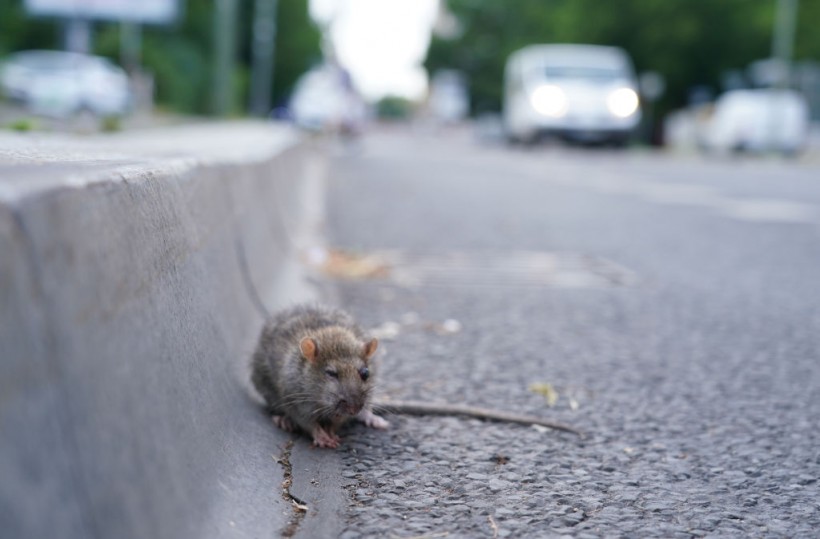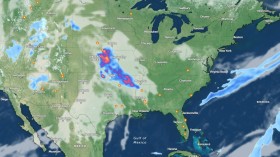While it is known that wildlife can be carriers of viruses which spread among human species, the potential threat it poses to public health requires constant observation.
In Sweden, researchers have identified a widespread and new coronavirus named the Grimsö virus among rodents - specifically the red-backed bank voles (Myodes glareolus), ScienceAlert reported. It is not known what danger it can cause to humans in any way, nonetheless, it is a reminder to monitor wildlife viruses carried by animals we most likely have close contact with.
"Based on our observations and previous coronaviruses identified among bank voles, there is good reason to continue monitoring the coronavirus amongst wild rodents," virologist Åke Lundkvist from Uppsala University in Sweden said in the study published in Viruses.
Wildlife Disease among Voles
Lundkvist and his colleagues have been trying to monitor wildlife disease among voles to better anticipate possibilities of spill over.
Bank voles are common rodents in Europe and known as hosts of the Puumala virus, reported by a study published in National Library of Medicine. This virus causes a hemorrhagic fever known as nephropathia epidemica in humans. In Europe, there are more than 10,000 yearly cases of nephropathia epidemica.
The risk of contracting disease from voles is high since they seek refuge in human buildings or shelters, easily carrying diseases into your household. Moreover, the researchers warn that chance of interactions with the rodents will likely increase in the future as climate change destroys their natural habitat.
"Between 2015 and 2017, we consistently found what we have called the 'Grimsö Virus' in 3.4 percent of these voles, which would suggest that the virus is widespread and common in Sweden's bank voles," says Lundkvist. He led the study together with researcher Jiaxin Ling and Anishia Wasberg, a doctoral student and the first author.
Researchers from the Zoonosis Science Center aim to map out zoonotic viruses, understand interaction between viruses and host animals, and develop methods that may effectively limit major virus outbreaks spreading in humans from animals.
Also read: Bees are Fish? California Judges Ruled
Bank Voles as Natural Reservoirs for the Disease
Researchers in Sweden found several distinct viral strains of the Grimsö virus among voles in over three years, including other related coronaviruses distributed in other parts of Europe, like France, Germany, and Poland. They further explain that the highly divergent virus is easily adapted to new hosts and habitats.
In addition, they reveal that human exploitation of wild spaces "has directly increased the risk of animal disease spilling over to humans," especially among bats, rodents and primates which in nature have adapted to human environments.
It is also important to keep an eye on other vectors of human disease like larger mammals in close contact with human civilization. One example of this is wild deer, of which roughly 40 percent have been exposed to SARS-CoV-2 in the US, according to ScienceAlert.
Also, livestock such as minks have been rolled into the COVID-19 pandemic, which worries researchers as the virus shows possible mutation amongst them.
Related article: Fossilized Bones Fuel Debate on the Purpose of Giraffe's Necks
© 2024 NatureWorldNews.com All rights reserved. Do not reproduce without permission.



![Roundworms with Short Memories 'Stop Forgetting' When Frozen or Given Lithium [Study]](https://1471793142.rsc.cdn77.org/data/thumbs/full/70295/280/157/50/40/roundworms-with-short-memories-stop-forgetting-when-frozen-or-given-lithium-study.jpg)


